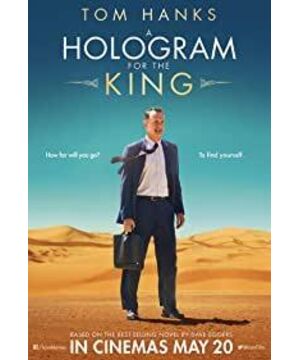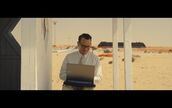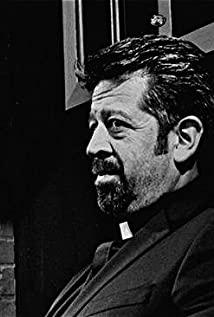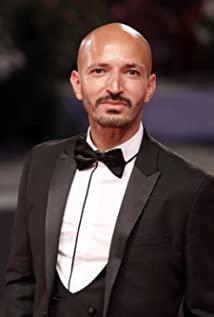Flashback techniques are widely used in all film types, mainly to explain the role of history, and to reveal the internal incentives of the characters' current actions. But flashbacks have a notable clumsiness in that they often cut off the ongoing story in the normal timeline, delaying the development of the plot. If not handled properly, it is likely to bring a serious sense of delay to the viewer. Flash cutting, as a unique artistic creation technique in films, is not often used in films. The essence of it is the same as the flashback, both of which show what happened to the character in the past. The difference is that the time of the flashback is very short, ranging from only a few seconds to more than ten seconds. It is precisely because the time is short that it does not have the opposite effect of delaying the positive progress of the plot. The film uses flash cuts many times, and the single flash cuts and combined flash cuts are completed together.
There are a total of 11 flash cuts in the film, two of which are combined. At the beginning of the film, after the protagonist Alan Clay arrived in Saudi Arabia and checked into a hotel, a flash-cut screen appeared to show that the purpose of his visit was to negotiate a big business with the king. When he found out that his team members were working in a harsh environment, a flash-cut shot showed how the so-called acquaintance with the king's nephew was a big talk. The three flash-cut scenes of signing a divorce agreement with his wife, her daughter working as a waitress because she has no money to pay her tuition fees, and her daughter writing a letter, mainly explain the protagonist's plight in China. In less than a minute, Allen's mid-life crisis has been outlined directly and concisely.
The next flash-cut shot appeared at 21 minutes and 43 seconds. The panorama scene showed 900 workers who lost their jobs because of Allen, with a total duration of 8 seconds. In this way, the internal reasons for his father's falling out with him are revealed, showing that the protagonist is lonely and helpless at home, and his father does not care about his life or death when he goes abroad. The next flash cut is only 3 seconds long, and the content is the same as the first flash cut, an interview with the boss. He repeatedly recalled the invincible and unbeatable business purpose of this trip. In the face of various pressures and responsibilities, he had to start his own business as a salesman who looked at people's faces.
At 53 minutes 19 seconds and 89 minutes 07 seconds, there are two sets of flash-cut scenes. The former switches back and forth between the protagonist riding a roller coaster and the actual physical discomfort and fainting; the latter is a scene of Alan camping with his father when he was a child and a dialogue with a female doctor in reality. Switch back and forth between. In literary creation, it is still possible to use words to create a sense of flashback, but it is difficult for flash cuts to convey the rhythmic effect of rapid switching between reality and the past. The director's skilled editing skills and specific montage thinking control the rhythm of the film in a relaxed manner. All the flash cuts in the whole film add up to less than three minutes. It is the sporadic pictures of these fragments that enrich the content of the plot and fill in the mental journey of the characters. These indispensable parts of the history not only play their due role, but also reduce the blocking effect of the main text.
Author: cherie chik
Date: August 6, 2016
Public account: wordshowu
, please contact me for reprinting, copying is prohibited without permission, and infringement must be investigated, hereby declare, please respect yourself
View more about A Hologram for the King reviews











